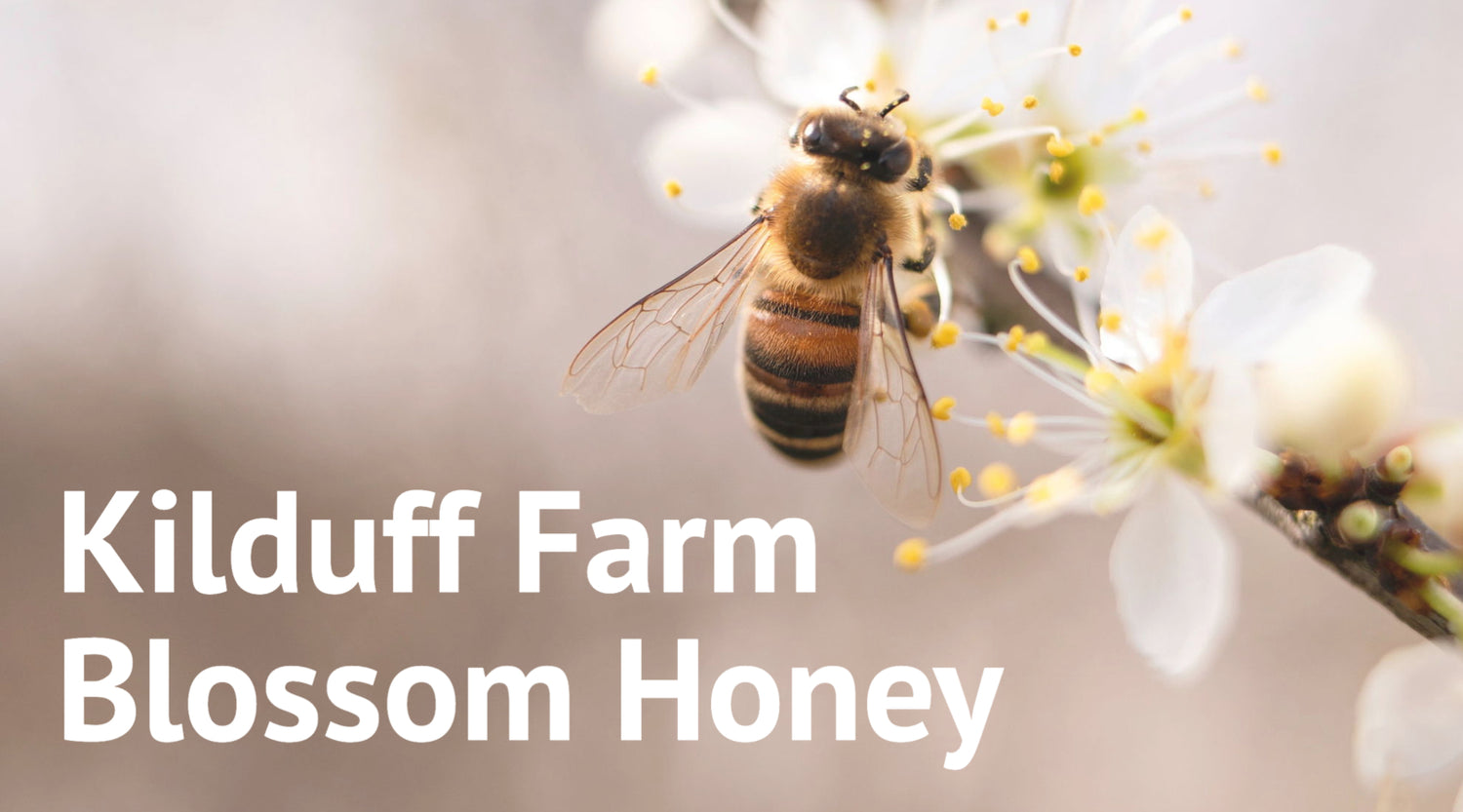Where honeybees live
Over time the Western honey bee (Apis mellifera) became domesticated in Europe for honey production and crop pollination, and this domestication of the species became possible with the creation of the modern beehive. In the middle of the 19th century the Reverend Langstroth, an American clergyman, developed the first hive with moveable combs. This made the process of beekeeping more bee friendly.
There have been many iterations of the beehive since and when people think about where honey bees live, their first thought will most likely be, in a beehive. However the honey bee existed long before the invention of the first beehive and to this day there are still wild colonies living in all kinds of interesting places. Read our blog on how honeybees are protected.
Beekeepers with managed colonies witness this first hand when a colony swarm. Swarming is a method of reproduction for honey bees whereby a colony split into two or more. A new queen is reared in the original hive and the old queen and around two thirds of the colony leave in order to set up a new home.
This process of finding a new home is quite rigorous and is well planned out prior to the swarm. When a colony decides it will swarm scout bees will head out to assess potential nesting sites. A swarm of bees knows where it is headed before it leaves the hive. So what makes an ideal home for honey bees? What are these scout bees assessing when they’re house hunting?
Space
Bees are looking for cavities of around 40 litres in volume. They need enough space to be able to build comb in which the queen can lay eggs and the workers can store pollen and nectar. Shape is irrelevant and wild colonies can be found in all kinds of fascinating places – trees, chimneys, roof spaces, compost bins!
Height
Wild colonies of honey bees have evolved to nest in trees. With this in mind, they tend to favour spaces that are relatively high up. This is pretty logical from an evolutionary stand point. The higher up a nest is situated, the less likely it is be disturbed by hungry animals looking for a sweet treat.
A small entrance
Honey bees are very protective of their colony and to make the life of the colony easier, they are likely to select a home with an easily defendable entrance.
Shady
A shady home will help with ventilation and will mean less work keeping the colony cool in the summer.
Bee smelling
A space that smells of bees seems to attract other bees! If an old colony of bees once lived in a cavity but has either abandoned it or died off, a new wild colony is very likely to take up residence.
South facing
A home that is south facing will be much more appealing - perhaps because it gets more warmth and sunlight throughout the day.
For beekeepers managing colonies of honey bees, being aware of what bees look for in a home can come in very handy. If you can use your equipment to replicate the ideal nesting site for honey bees then you’re very likely to keep hold of your bees if they do decide to swarm!
Want to help look after our bees? Why not sponsor one? Click here to find out more.





